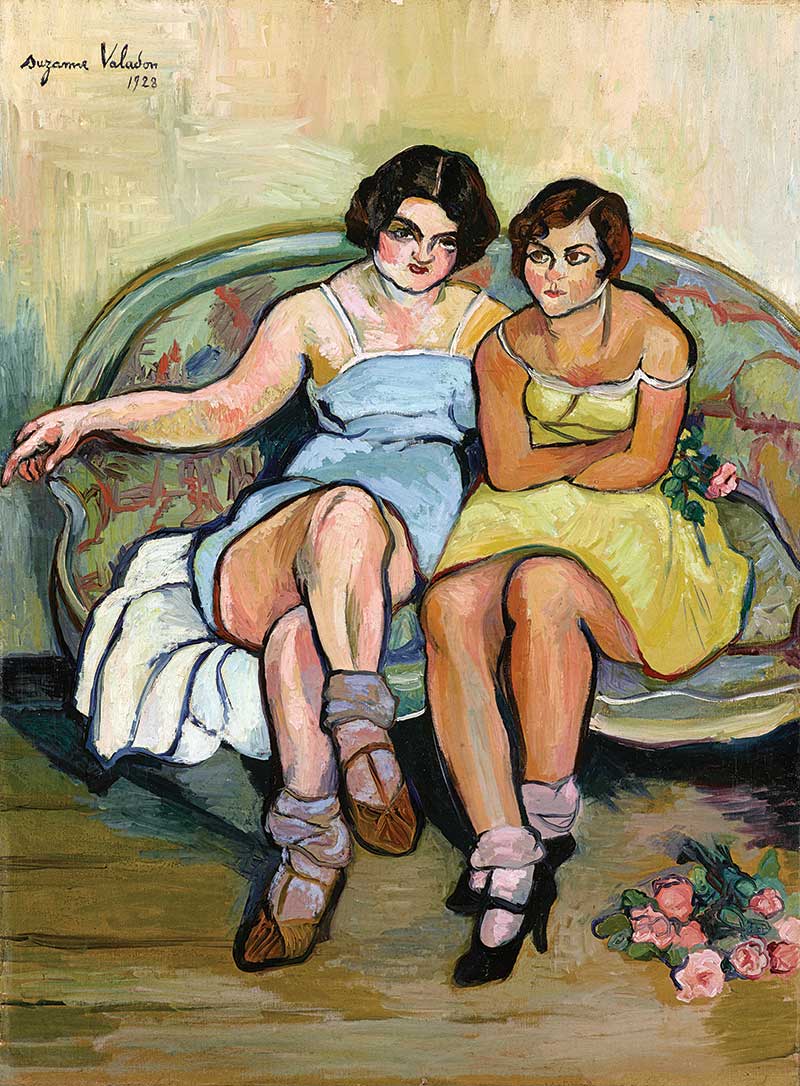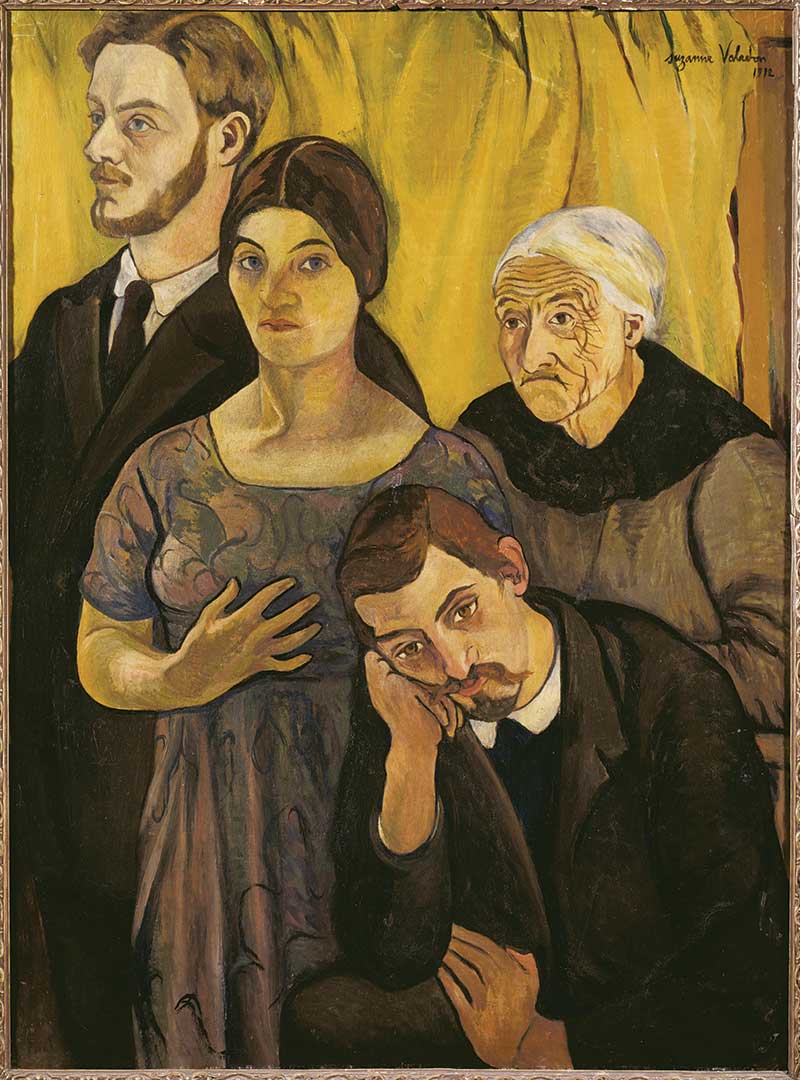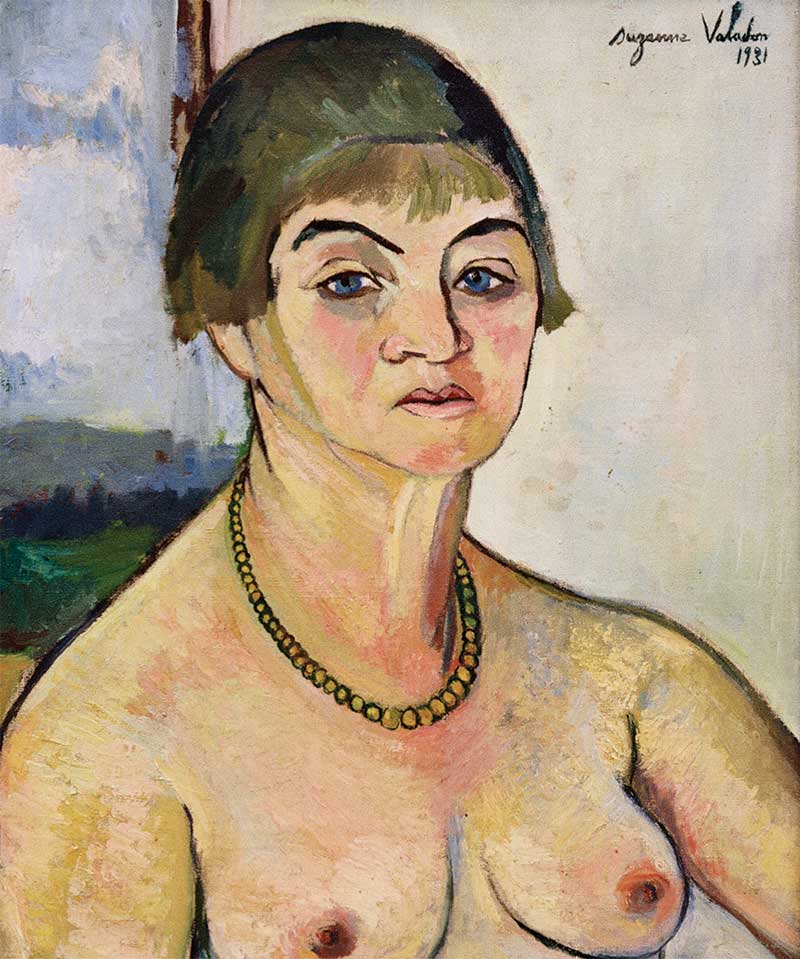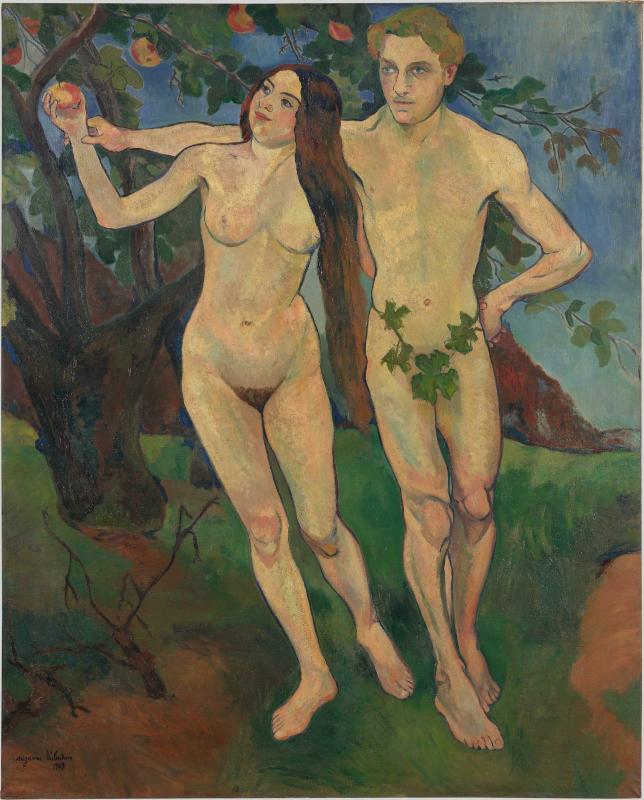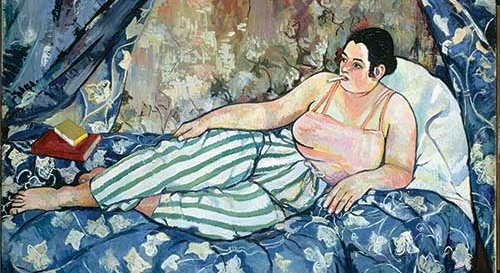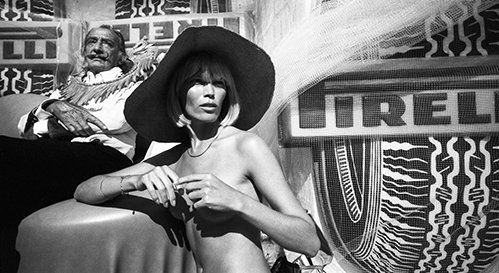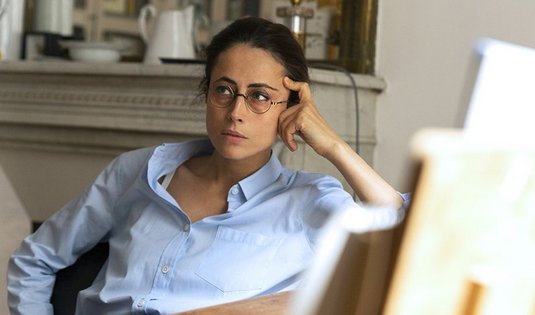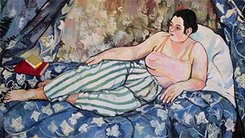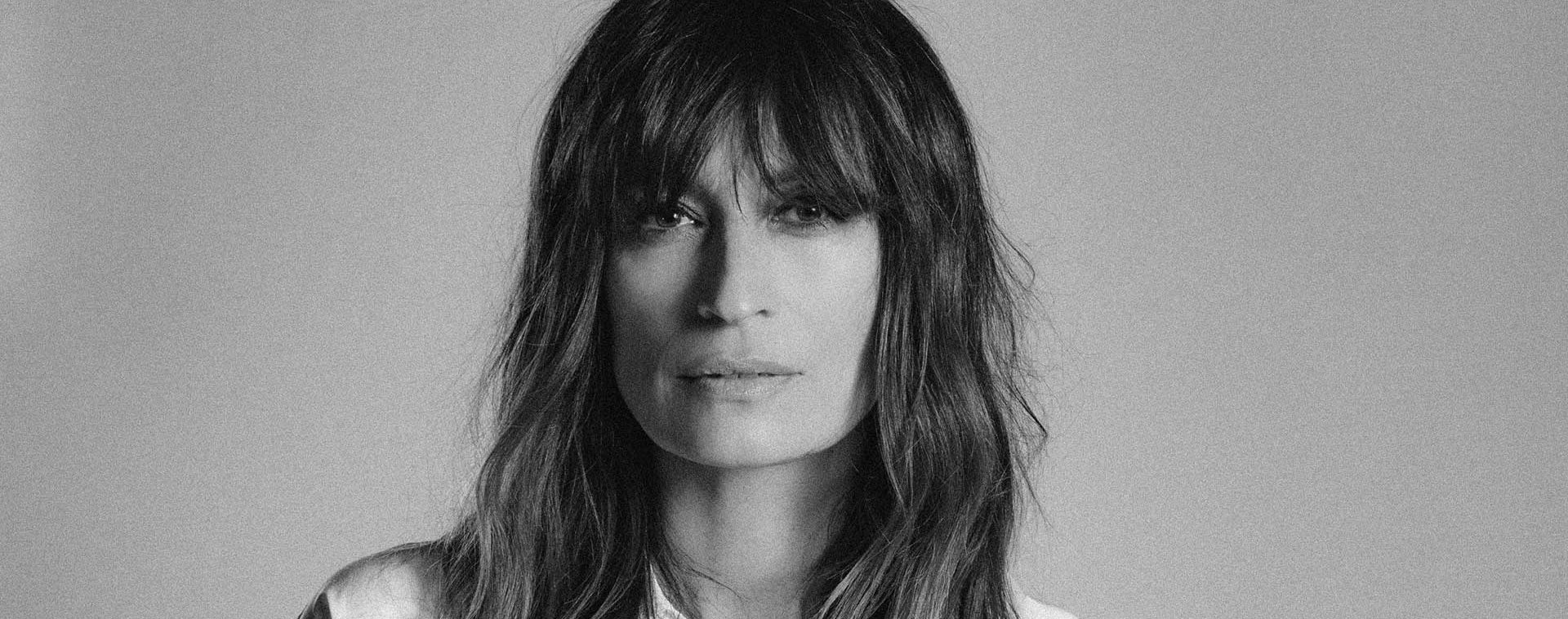
A Romantic Visit with … Caroline de Maigret
WWith her Saint-Germain-des-Prés elegance subtly infused with Pigalle rock energy, Caroline de Maigret has for over a decade embodied that intellectual, insouciant Parisienne the world envies. Highly followed on social media, the face of major fashion brands, she is also a music producer—she co-founded the label Bonus Track Records—and a bestselling author in English (How To Be Parisian, co-written with Anne Berest, Sophie Mas, and Audrey Diwan, and Older But Better, But Older, published by Doubleday in 2014 and 2020). This spring, she adds another string to her bow with the release of a debut album, co-composed with musician and singer Alexandre Diani. A passionate lover of art, she is as drawn to Mark Rothko as to Alice Neel. A frequent visitor to the Centre Pompidou, she recently took in the “Suzanne Valadon” exhibition.
“I truly discovered Suzanne Valadon on the night of the opening. Of course, I was familiar with some of her iconic works—particularly The Blue Room; that strikingly modern canvas depicting a woman smoking in her pyjamas, lost in thought in her interior space … I was immediately drawn to her portraits of women, which stand apart from anything that was done at the time. Take, for instance, The Two Sisters: two young girls sitting, socks slouched, with a gaze that challenges you. Their stare is powerful—you can tell they own their desire. It feels incredibly modern.
I love the boldness of Valadon’s line—very strong, very black—which runs through both her drawings and her paintings.
Caroline de Maigret
“I love the boldness of Valadon’s line—very strong, very black—which runs through both her drawings and her paintings. What strikes me is how, when she paints women in their domestic spaces, there’s a feeling of confinement. The bodies are tired, in natural, unposed positions—not made to be seductive … It reminds me of the American artist Alice Neel, whose retrospective I saw at Beaubourg three years ago. I’m thinking of that nude self-portrait Valadon painted in old age, with heavy breasts—it’s incredibly powerful. Or Adam and Eve, where she paints herself nude as Eve beside her husband, the painter Maurice Utter, as Adam. That painting, from 1909, was originally the first major full-frontal male nude painted by a woman—until Valadon was pressured into covering Adam’s genitals with modest vine leaves.
“The family portrait, where she depicts herself alongside her mother, her son the painter Maurice Utrillo, and her husband, is just as compelling. You really feel the heavy psychological atmosphere within the family [her son, who struggled with alcoholism, would later suffer from mental illness – editor’s note] … One striking detail: she is the only one looking the viewer straight in the eye.
“In Valadon’s work, there’s a clear desire for truth, a deliberate break from any idealisation of the female body. Her intimate scenes are never sexualised, nor are her nudes—it’s a true ‘female gaze’, as we say. I don’t think it was intentionally political on her part; it felt more like a deep yearning for freedom. She was an incredibly emancipated woman, unafraid of convention—she divorced, then married a man twenty years her junior. Before becoming an artist, she started out as a model for painters such as Toulouse-Lautrec and Renoir, supporting herself financially. She watched them, learned from their techniques. Being a model can be a fascinating experience—I myself have learned a great deal from the photographers I’ve worked with. Posing is also a creative act.” ◼
Related articles
In the calendar
Portrait of Caroline de Maigret
Photo © Franklin Belingard
